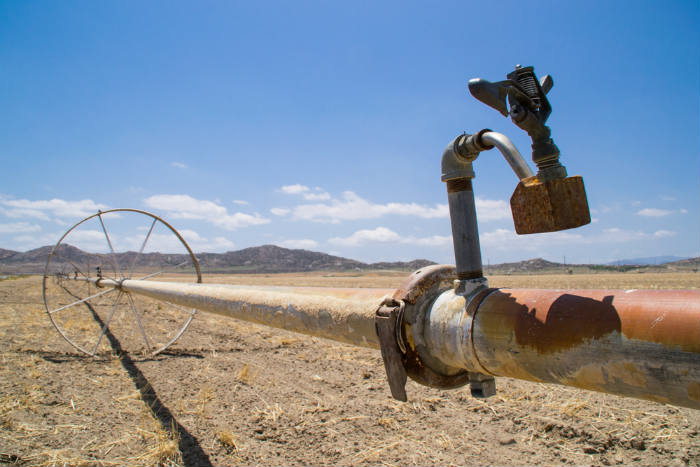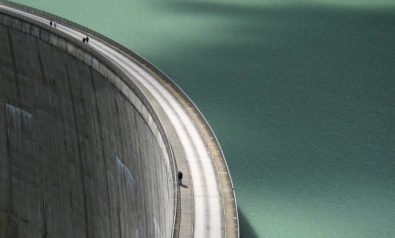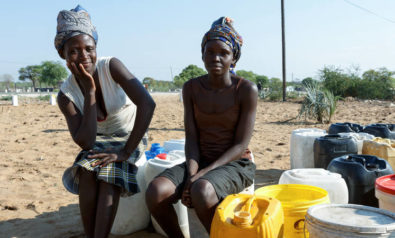The planet is suffering from an unprecedented water crisis, and solving it requires concerted action by institutions and citizens.
Background
Water enables life on Earth. Human beings can survive three weeks without food, but only three days without water. According to H.H. Mitchell, water forms 83% of the lungs, 79% of muscles and kidneys, 73% of the brain and the heart, 64% of the skin and 31% of even the bones. Access to clean water makes life possible. It is little surprise that the United Nations (UN) has declared that ensuring “availability and sustainable management of water and sanitation for all” is one of the Sustainable Development Goals (SDG).
Today, we are living in a world where clean water is increasingly scarce. In 2009, the World Health Organization (WHO) pointed out that more than 3.4 million people die every year because of water-related diseases, making it the leading cause of disease and death around the world. Of the 3.4 million, most are children who die because of pathogens in the water. This occurs because a lack of sanitation and sewage systems ensures that untreated human and animal fecal matter ends up in the water. The WHO estimates that 2.4 billion people lack access to sanitation and 663 million to clean drinking water.
Many emerging economies have achieved extraordinary economic growth at the cost of their environment, with water pollution reaching spectacular levels. China, home to more than 1.3 billion people, is a classic example. The Chinese Environment Ministry has admitted that about 60% of underground water and a third of surface water in China is unfit for human contact. India, with its fast-growing population of over 1.25 billion people, is in a worse state than China. Almost 70% of its surface water and a growing percentage of its underground reserves are “contaminated by biological, toxic, organic and inorganic pollutants.” Apart from communicable diseases, water is now causing chronic ones. Heavy metals are making their way via water into the soil and from there into the country’s food supply. What people eat on a daily basis is damaging their health and wellbeing.
Another worrying trend is that human beings are increasingly using larger quantities of water. The UN points out that “water use has been growing at more than twice the rate of population increase in the last century.” In China, increasing desertification is setting off alarm bells as the Gobi desert “gobbles up 3,600 square kilometers of grassland each year.” The World Bank has warned that, if current trends continue, 60% of India’s aquifers will be in a critical condition in 20 years. Already, India relies on its aquifers and pumps out “an estimated 230 cubic kilometers of groundwater per year — over a quarter of the global total.”
The World Bank has painted a grim picture for the arid Middle East and North Africa (MENA) region and predicts that “per capita water availability will fall by half by 2050, with serious consequences for the region’s already stressed aquifers and natural hydrological systems.” Even California, with its lush lawns and backyard swimming pools, is facing a severe drought and imposed its first mandatory restriction on water usage in April 2015.
The specter of water wars once painted by Mark Twain is now considered real by intelligence agencies and many scholars. In the Syrian conflict, water has become a weapon. Cutting off water supply to achieve “military and political gains” is often even more effective than barrel bombs and causes inhuman suffering to millions. Even in societies not at war, rising population, increasing per capita demand and falling supply make an explosive cocktail.
Why Does Clean Water Matter?
Water is literally the essence of life. It might not give people the mythic properties of youth and immortality, but it makes life possible on the planet. Current trends threaten the environment and human existence. People have to realize that water is a scarce and precious resource. Conserving both surface and underground water sources across the world is a necessity, not an option. Similarly, sanitation and sewage systems can wait no longer. Perhaps, even more importantly, human beings have to curb the industrial pollution that is destroying water systems worldwide. Emissions matter. Lowering them would help avert the growing threat of climate change that is causing water scarcity through increasing desertification, frequent droughts and rising sea levels.
There are many efforts underway in different parts of the world to address the water crisis. In China, Beijing, Kunming and other cities are already constructing modern drainage systems. In India, Rajendra Singh, the winner of the Stockholm Water Prize who is known as “the Water Man of India,” is bringing back to life ancient techniques of rainwater harvesting and involving local communities. In the United States, the Massachusetts Institute of Technology (MIT) is conducting cutting edge research in “energy-efficient, low-carbon technologies for creating potable water from saline sources.”
To provide water for the planet, concerted action by international institutions, governments, scientists, civic leaders and the media is essential. The water crisis is existential. Many people are responding to it already. Pooling together knowledge, expertise and resources would make existing efforts more effective.
Eventually, the water crisis has a simple two-pronged solution. First, per capita consumption of water has to go down. Some frugality would go a long way. Second, the supply of water using Singh’s ancient techniques and MIT’s modern ones has to increase. Technical innovation with community participation can do wonders. Homo sapiens sapiens is an innovative social species and has a good shot at solving the planet’s water crisis if it gets its act together.
The views expressed in this article are the author’s own and do not necessarily reflect Fair Observer’s editorial policy.
Photo Credit: Science Photo / Eddie J. Rodriquez / Shutterstock.com
 We bring you perspectives from around the world. Help us to inform and educate. Your donation is tax-deductible. Join over 400 people to become a donor or you could choose to be a sponsor.
We bring you perspectives from around the world. Help us to inform and educate. Your donation is tax-deductible. Join over 400 people to become a donor or you could choose to be a sponsor.
For more than 10 years, Fair Observer has been free, fair and independent. No billionaire owns us, no advertisers control us. We are a reader-supported nonprofit. Unlike many other publications, we keep our content free for readers regardless of where they live or whether they can afford to pay. We have no paywalls and no ads.
In the post-truth era of fake news, echo chambers and filter bubbles, we publish a plurality of perspectives from around the world. Anyone can publish with us, but everyone goes through a rigorous editorial process. So, you get fact-checked, well-reasoned content instead of noise.
We publish 2,500+ voices from 90+ countries. We also conduct education and training programs on subjects ranging from digital media and journalism to writing and critical thinking. This doesn’t come cheap. Servers, editors, trainers and web developers cost money.
Please consider supporting us on a regular basis as a recurring donor or a sustaining member.
Support Fair Observer
We rely on your support for our independence, diversity and quality.
Will you support FO’s journalism?
We rely on your support for our independence, diversity and quality.


















